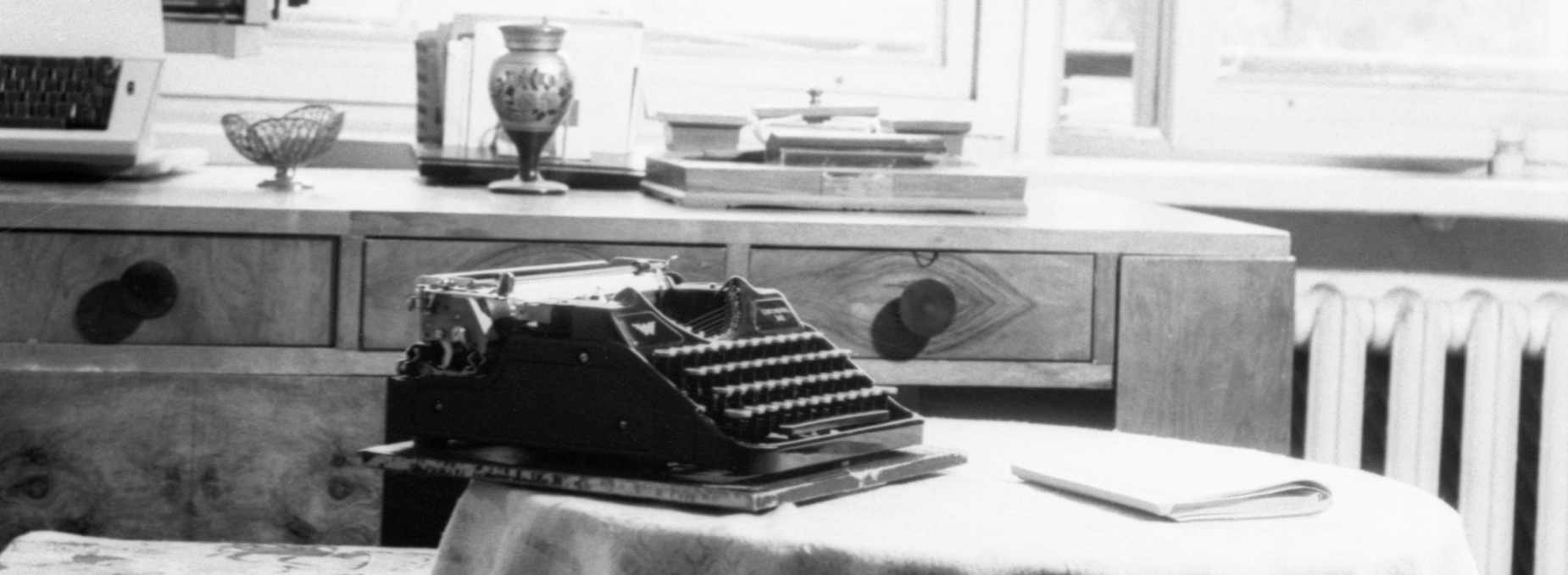It is not an easy task to identify clearly defined periods of cultural change. New Year's Eve fireworks bring little change in cultural life, which does not easily adhere to strict time constraints. Nevertheless, it is possible to discern certain trends.
Two contradictory events took place in the 1960s. The Soviet system became firmly and finally established, and hopes for any radical changes in political or cultural life disappeared. Writers increasingly grasped how to develop legal tactics of compromise in their works, and they improved their Aesopic linguistic skills.
At the same time, however, great change took place in literary and cultural policy. The government sought to create the image of a free, modern and liberal country. Art was also required to appear free. Yet, the creation of the image of freedom unavoidably also began brining change to the actual situation.
The dividing line of 1965. The first "Poetry Spring" festival was held in 1965, later releasing an almanac of works under the same name. Even though the event was dedicated to the "25th Anniversary of Soviet Lithuania", the festival featured forgotten and rarely seen authors, as well as readings of translations of modern Western poetry.
Censorship under the Soviets was designed not only to protect state secrets, but also to control the ideological content of works of art. The legitimacy of the Soviet regime, the “correct” interpretation of history, the greatness of the Russian people, and the “decay” of the West were but a few of the more important "guidelines" that one had to follow when speaking of the world at large. Adherence to these rules was closely monitored by censors.
As they sought to navigate their way around forbidden subjects, writers and artists developed a complex language of metaphors and allusions to avoid prohibitions imposed by censors. This delicate game with censorship involved three participants: the writer, the reader, and the censor. Because any good work of art is never completely unambiguous, neither the reader nor the censor could ever entirely be certain of the writer’s true intent. This vagueness of meaning helped to create a space for various interpretations. Aesopian language was thus the common creation of writer, reader and censor. In Romualdas Granauskas’ Jaučio aukojimas (The Sacrifice of the Bull, 1975), for example, the reader could interpret the dramatic fate of the Prussian nation as a reference to the Lithuanian people’s struggle for their own survival, while literary critics could redirect the focus to another perspective, explaining the work as a depiction of the fight against that eternal foe, the "German invader".
In this way, both reader and censor scoured texts for possible anti-Soviet references, both performing an interpretive function, the results of which depended on the interpreter’s skills. It should be noted that censors were not obtuse or unlettered readers. Quite the contrary: Glavlit, the official censorship office, employed many educated and sophisticated reviewers. The Aesopian language game, thus, was largely based on human sensibility and good, or ill, will. Because it was impossible to unequivocally prove the meaning of a given subtext, attention could be drawn to a specific reference or it could be ignored. Subtext could be interpreted one way or another.
Writers acknowledged that readers and censors often discovered things in their works if they wanted to find them. "The problem was that many tried to decipher our work using a political codebook, perceiving hidden meanings and references where there were none. This was the way that all, or at least most, of our work was read. The fact that this was an absurd way to read poetry, one that could lead to who knows where, is now fairly evident to everyone."
Sigitas Geda appealed to the Communist Party Central Committee and Minister of Culture Lionginas Šepetys over what he considered to be the tendentious nature of official literary interpretation. In 1986, a series of his poems entitled Mairionio mirtis (The Death of Maironis, a reference to one of Lithuania’s most famous romantic poets), was removed from the final draft of an issue of the literary journal Literatūra ir menas just as it was going to print. According to Geda, the alarm was sounded by an employee working at the "Tiesa" publishing house, who claimed the piece was a “covert call to revolution.” In his letter to Minister Šepetys, Geda rhetorically asked whether everything must be read from a political perspective, constantly on the look out for political subtext? In the end, The Death of Maironis was published several months later.
Though there was no real specific set of Aesopian "codes", some of the cunning devices resorted to in this era have been recorded in an article by Tomas Venclova entitled "The Game of the Soviet Censor" Tomas Venclova, „Žaidimas su cenzoriumi“, in: Tekstai apie tekstus, Chicago: Algimanto Mackaus knygų leidimo fondas, 1985, p. 121–129. and in studies authored by Violeta Kelertienė. Violeta Kelertienė, „Cenzūros apėjimo sovietiniais metais formos kaip nacionalizmo išraiška“, in: Kita vertus… Straipsniai apie lietuvių literatūrą, Vilnius: Baltos lankos, 2006, p. 288–302.
|
Read more: Censorship of Literature.
|




Comments
Write a comment